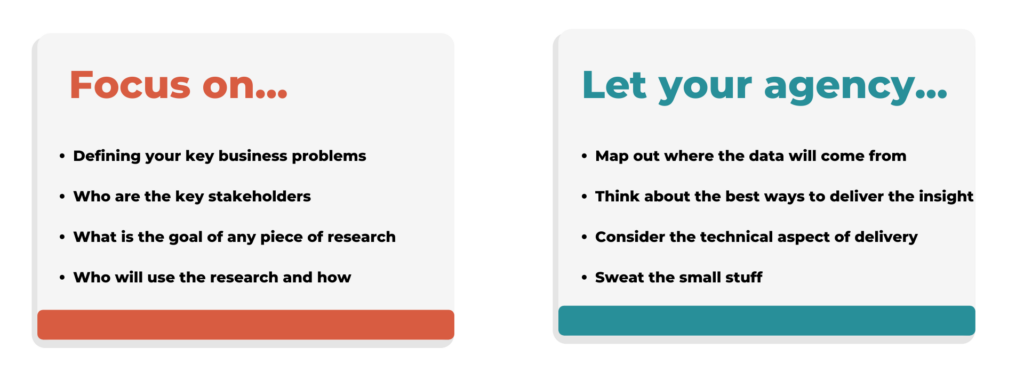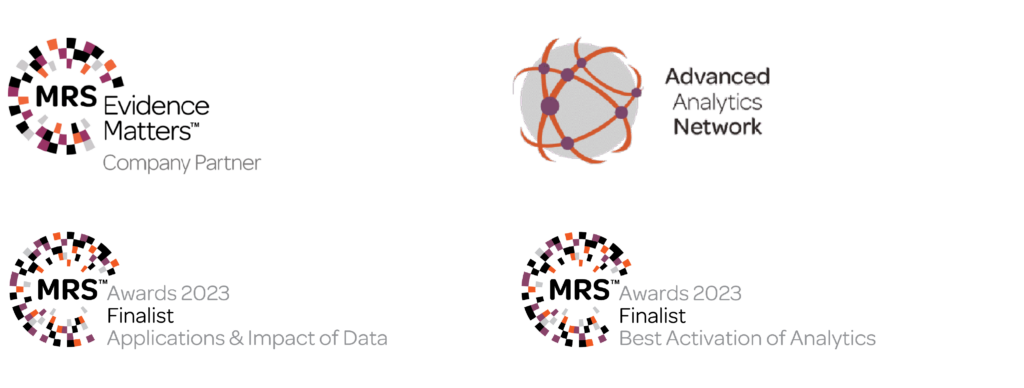“It’s quite easy to start with the end user in mind, but what we’ve found is that the throughout the project, throughout the programme, the needs of the end user become a bit blurred and out of focus.” Paul Carney
Segmentation is a programme not a project. Where many insights projects have specific, targeted, tactical uses, segmentation rarely does. It is a big piece of work that requires a large amount of planning and preparation to be effectively rolled out to and have impact. Brands should ask themselves; what would a good segmentation look like? We’ve actually found that it’s often hard for our clients to articulate this, which may not be surprising given the wide range of workstreams it could impact. In our experience an effective segmentation needs to be:

Brands should ask themselves; what would a good segmentation look like? We’ve actually found that it’s often hard for our clients to articulate this, which may not be surprising given the wide range of workstreams it could impact. In our experience an effective segmentation needs to be:
Measurable & Applicable – One the most basic requirements from segmentation is that it should be quantifiable and reliable in its data and this information should be applicable to other market research, CRMs etc.
Accessible & Responsive– Target segments need to be responsive to marketing activity or there needs to be evidence that they will respond to new products and services.
Substantial – While segmentation is all about grouping consumers, a segment needs to be large enough to warrant separate business action.
Actionable– Segments need to tie into existing systems, workflows and processes. The insight needs to be utilised in a practical manner or it will quickly become abandoned.

Brands should spend their valuable time thinking about how key parts of the organisation will live with and use the information. It’s easy to get lost in the woods of such a complex piece of research, so keep coming back to the end goal: who will use this, and in what specific ways? They should let their agency sweat the small, detailed stuff. We guide our clients through this process by asking searching questions in stakeholder interviews during the immersion phase of the project.
Best Practice
For an external agency such as ourselves, it is key to find out what the company culture is at the start of the programme. What types of things have worked or bombed in the past? Is the company quite numbers-heavy, or should we be leaving this to an appendix, and concentrating on more summarised insights? Every agency wants to immerse themselves in existing insights to identify knowledge gaps, but in our experience it’s just as important to get to grips with the company culture and dynamics too – this can often make all the difference when it comes to delivery at the end.


